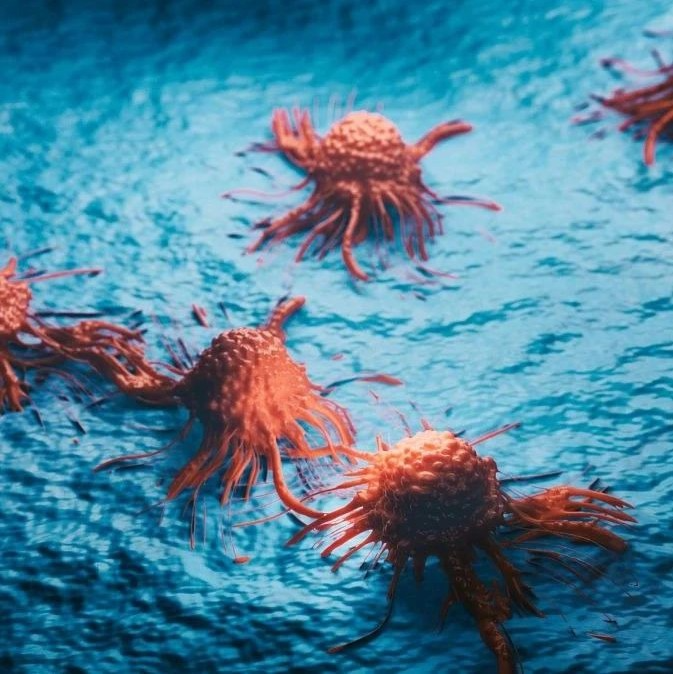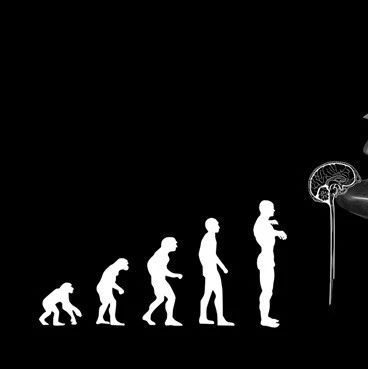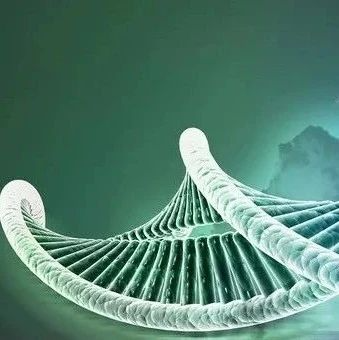据2月3日刊JAMA上的一则研究披露,初步的研究表明,脑干中5-羟色胺([5-HT] 这是一个与数种脑功能有关的神经递质)及色氨酸羟化酶(TPH2;这是一种与5-羟色胺合成有关的酶)水平的下降与婴儿猝死综合症(SIDS)风险的增加有关。
SIDS仍然是美国新生儿后期(指的是出生后1个月至1年)中死亡的主要原因。 人们认为这是在关键的发育阶段中脑干的控制自主神经功能和呼吸功能的异常所导致的结果。 文章的作者写道:“有报告称,在那些死于SIDS的婴儿中,延髓 [脑干的一个区域] 的与该控制功能有关的区域中的5-HT受体结合出现了异常。” 报告提示,这些异常可能与婴儿无法在睡眠中对某种威胁生命的情况(如窒息)做出反应有关。
Children’s Hospital Boston and Harvard Medical School的Jhodie R. Duncan, Ph.D.及其同僚对SIDS与组织中5-HT、TPH2 或两者水平的下降有关的假设进行了检测。 这项研究中共有41名死于SIDS的婴儿,其中7名婴儿因已知原因(作为对照)而急性死亡,5名婴儿在住院期间因为慢性缺氧-缺血(是一种氧供减少与脑血流量减少合并存在的情况)而死亡。 组织样本是通过尸体解剖而获取的,研究人员还检测并分析了5-羟色胺及数种酶(包括TPH2)的水平。
研究人员发现,在SIDS病例的脑中,其中缝隐核和巨细胞旁外侧核(PGCL)区域中,5-羟色胺浓度比经年龄校正过的对照组要低26%。 与对照组相比,SIDS病例的中缝隐核中的TPH2水平要低22%。 另外,同SIDS组相比,住院患者组的中缝隐核中的5-HT水平要高出55%,而在PGCL中,则要高出126%。
文章的作者写道:“在这篇文章中,我们报道了死于SIDS的婴儿的延髓中5-羟色胺和TPH2水平有所下降。这向人们指出,5-羟色胺的缺乏而非过剩在该疾病的发病机制中起着作用。我们现在假定,SIDS可被视作是一种由延髓中5-HT系统中的一个或多个成分缺陷所引起的疾病...”
推荐原始出处:
JAMA. 2010;303(5):430-437.
Brainstem Serotonergic Deficiency in Sudden Infant Death Syndrome
Jhodie R. Duncan, PhD; David S. Paterson, PhD; Jill M. Hoffman, BS; David J. Mokler, PhD; Natalia S. Borenstein, MS; Richard A. Belliveau, BA; Henry F. Krous, MD; Elisabeth A. Haas, BA; Christina Stanley, MD; Eugene E. Nattie, MD; Felicia L. Trachtenberg, PhD; Hannah C. Kinney, MD
Context Sudden infant death syndrome (SIDS) is postulated to result from abnormalities in brainstem control of autonomic function and breathing during a critical developmental period. Abnormalities of serotonin (5-hydroxytryptamine [5-HT]) receptor binding in regions of the medulla oblongata involved in this control have been reported in infants dying from SIDS.
Objective To test the hypothesis that 5-HT receptor abnormalities in infants dying from SIDS are associated with decreased tissue levels of 5-HT, its key biosynthetic enzyme (tryptophan hydroxylase [TPH2]), or both.
Design, Setting, and Participants Autopsy study conducted to analyze levels of 5-HT and its metabolite, 5-hydroxyindoleacetic acid (5-HIAA); levels of TPH2; and 5-HT1A receptor binding. The data set was accrued between 2004 and 2008 and consisted of 41 infants dying from SIDS (cases), 7 infants with acute death from known causes (controls), and 5 hospitalized infants with chronic hypoxia-ischemia.
Main Outcome Measures Serotonin and metabolite tissue levels in the raphé obscurus and paragigantocellularis lateralis (PGCL); TPH2 levels in the raphé obscurus; and 5-HT1A binding density in 5 medullary nuclei that contain 5-HT neurons and 5 medullary nuclei that receive 5-HT projections.
Results Serotonin levels were 26% lower in SIDS cases (n = 35) compared with age-adjusted controls (n = 5) in the raphé obscurus (55.4 [95% confidence interval {CI}, 47.2-63.6] vs 75.5 [95% CI, 54.2-96.8] pmol/mg protein, P = .05) and the PGCL (31.4 [95% CI, 23.7-39.0] vs 40.0 [95% CI, 20.1-60.0] pmol/mg protein, P = .04). There was no evidence of excessive 5-HT degradation assessed by 5-HIAA levels, 5-HIAA:5-HT ratio, or both. In the raphé obscurus, TPH2 levels were 22% lower in the SIDS cases (n = 34) compared with controls (n = 5) (151.2% of standard [95% CI, 137.5%-165.0%] vs 193.9% [95% CI, 158.6%-229.2%], P = .03). 5-HT1A receptor binding was 29% to 55% lower in 3 medullary nuclei that receive 5-HT projections. In 4 nuclei, 3 of which contain 5-HT neurons, there was a decrease with age in 5-HT1A receptor binding in the SIDS cases but no change in the controls (age x diagnosis interaction). The profile of 5-HT and TPH2 abnormalities differed significantly between the SIDS and hospitalized groups (5-HT in the raphé obscurus: 55.4 [95% CI, 47.2-63.6] vs 85.6 [95% CI, 61.8-109.4] pmol/mg protein, P = .02; 5-HT in the PGCL: 31.4 [95% CI, 23.7-39.0] vs 71.1 [95% CI, 49.0-93.2] pmol/mg protein, P = .002; TPH2 in the raphé obscurus: 151.2% [95% CI, 137.5%-165.0%] vs 102.6% [95% CI, 58.7%-146.4%], P = .04).
Conclusion Compared with controls, SIDS was associated with lower 5-HT and TPH2 levels, consistent with a disorder of medullary 5-HT deficiency.







